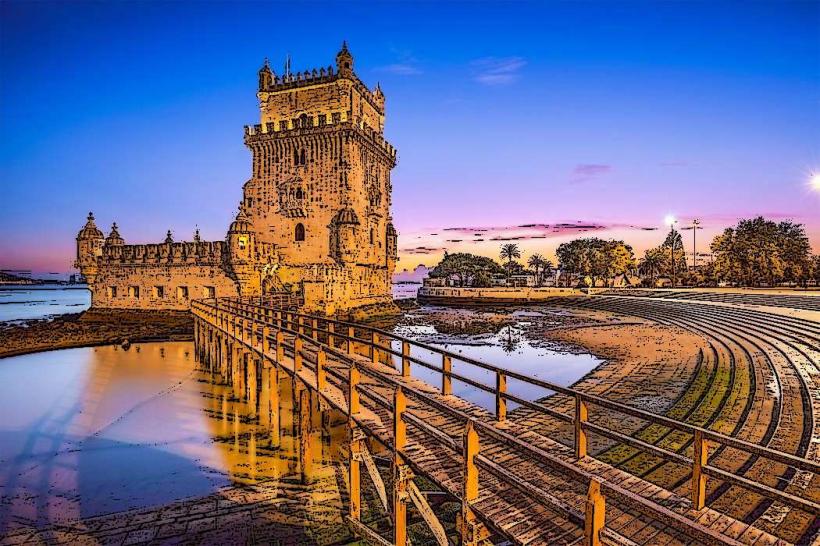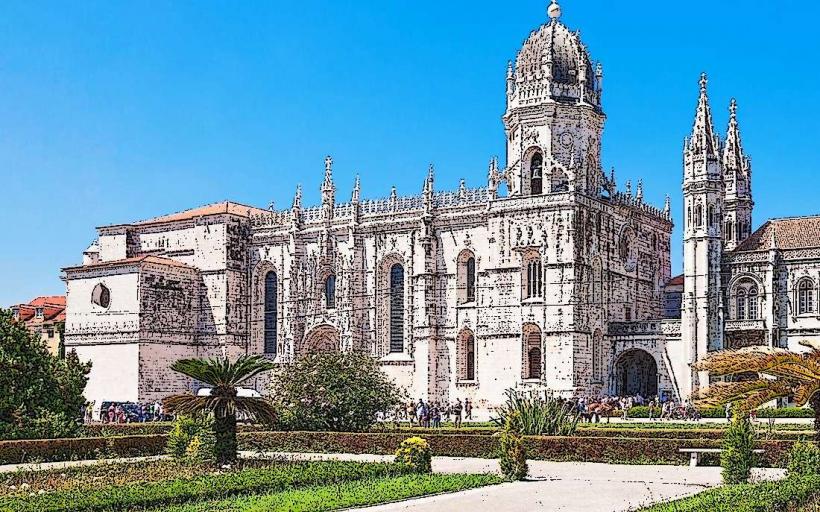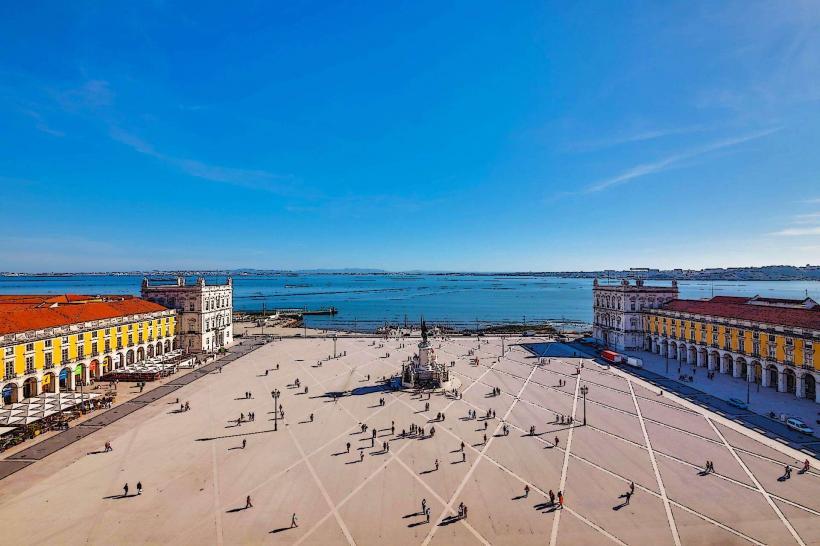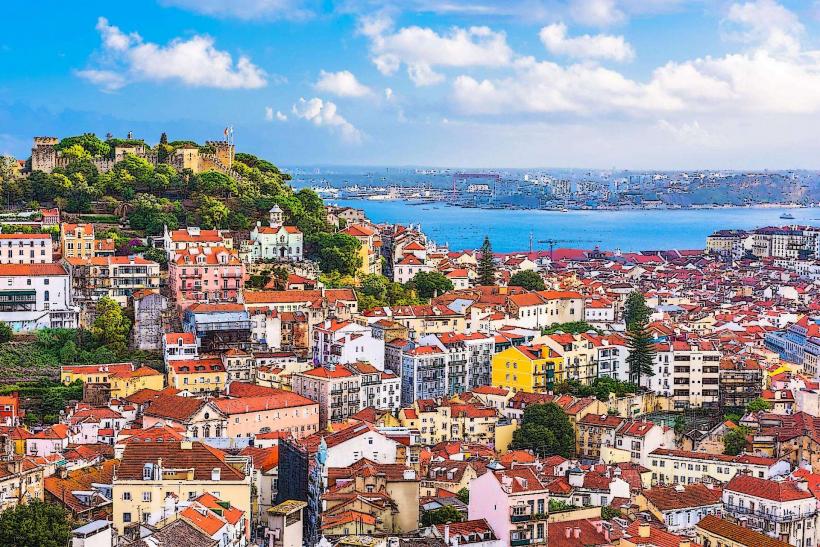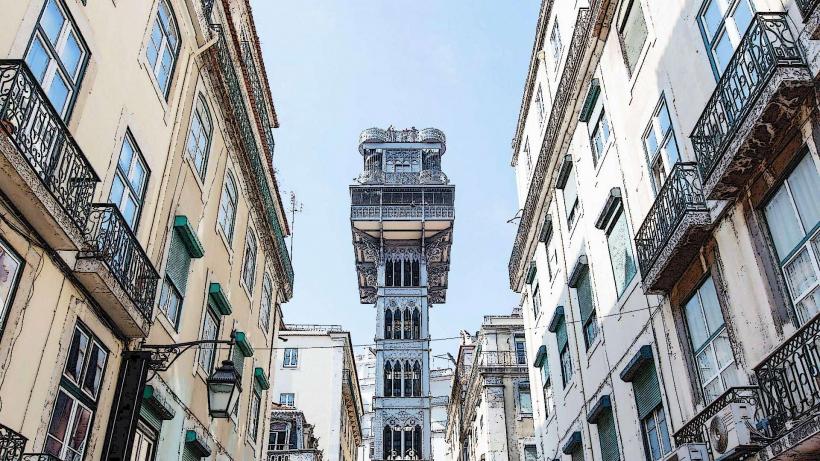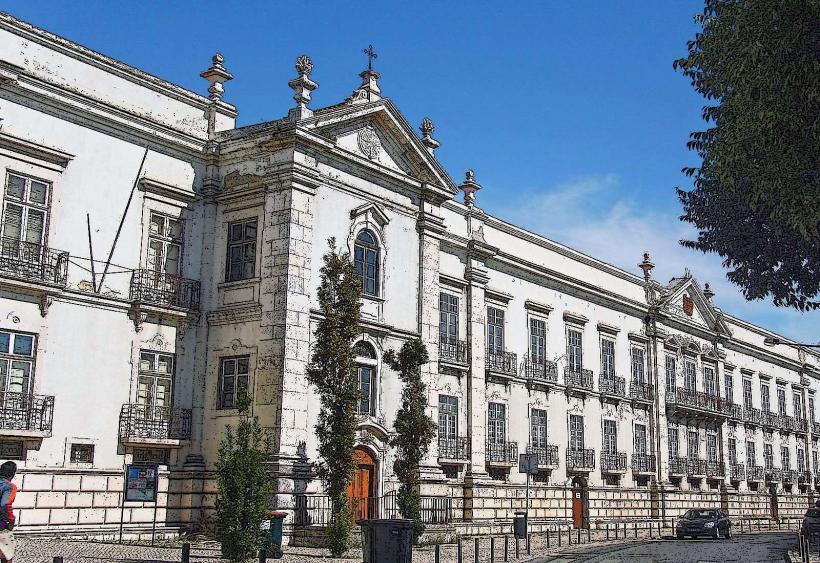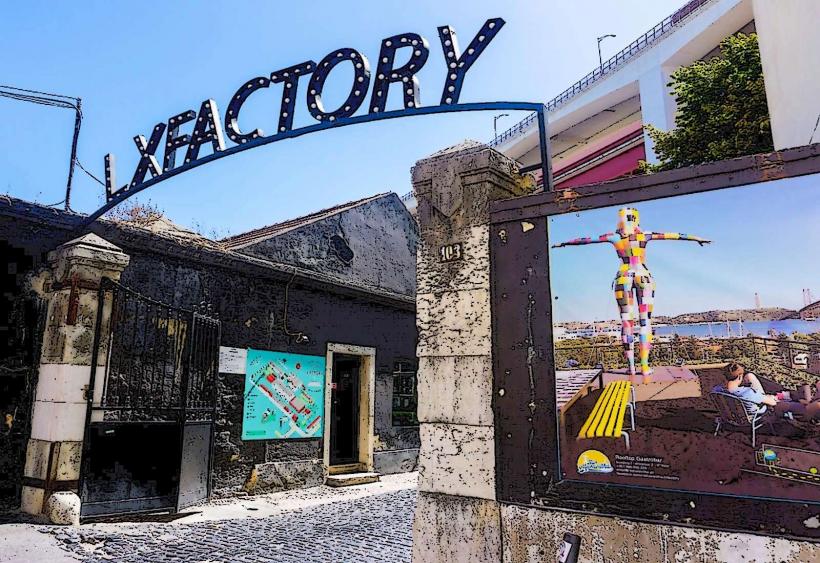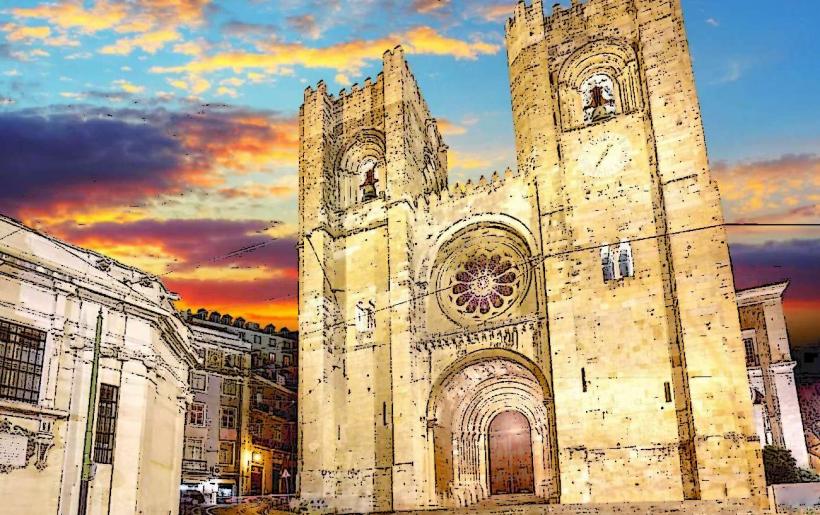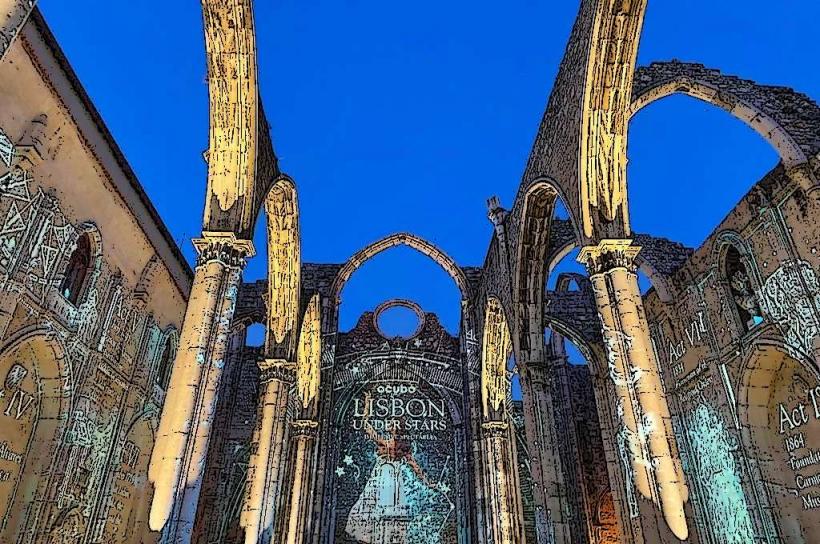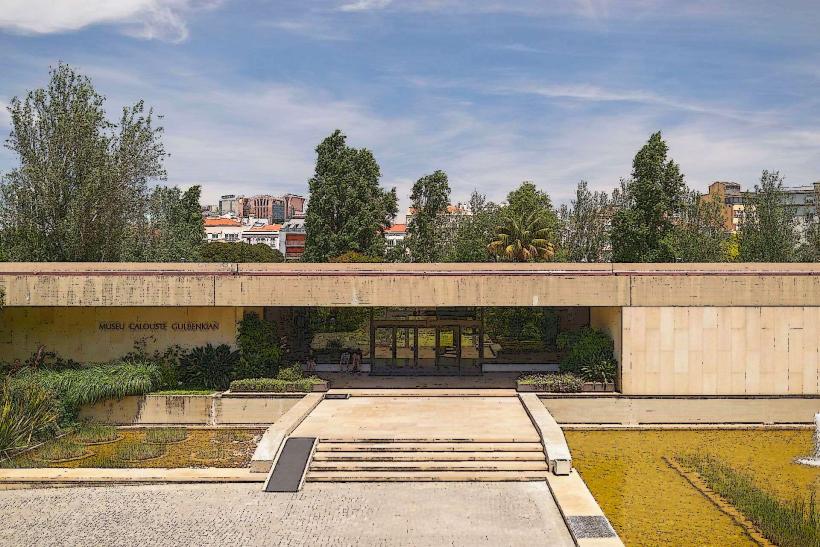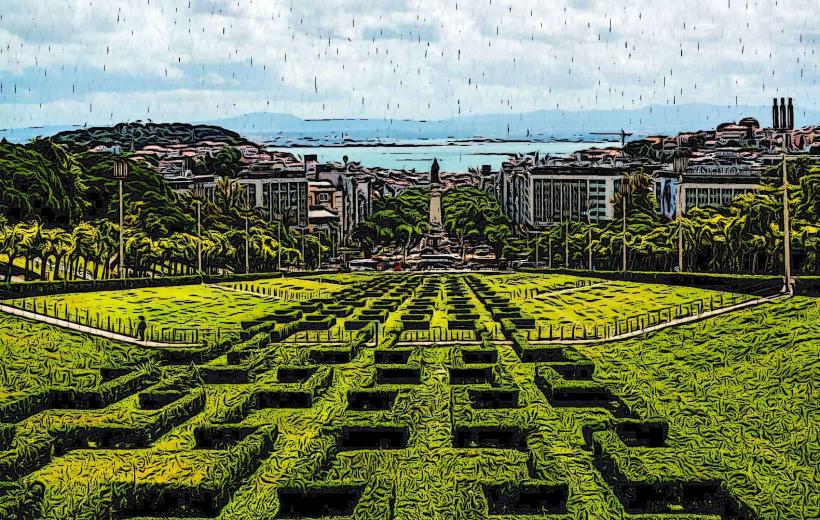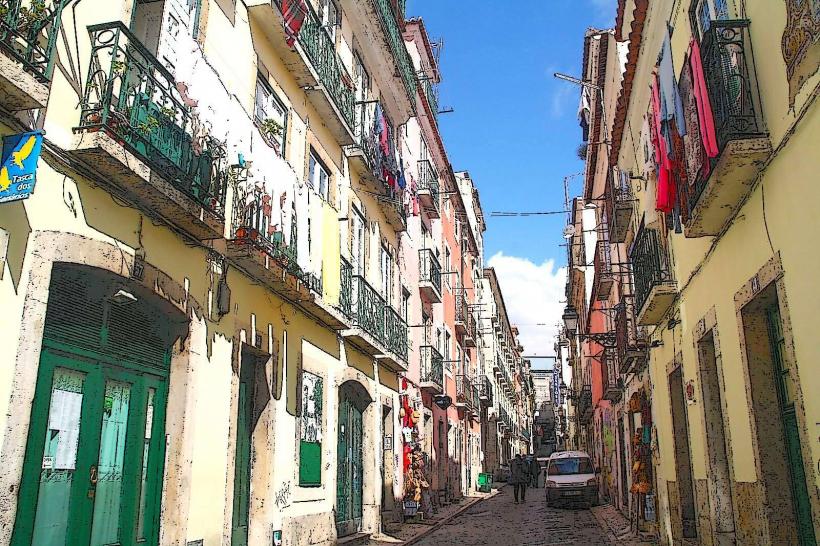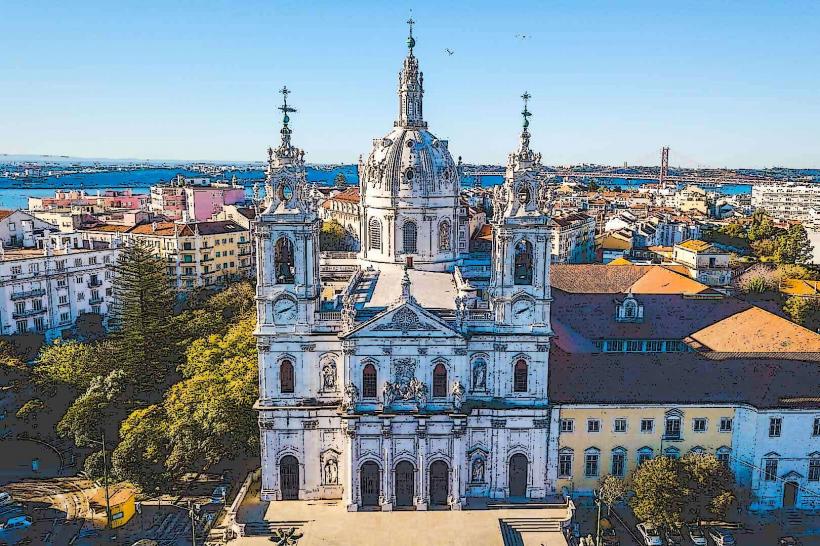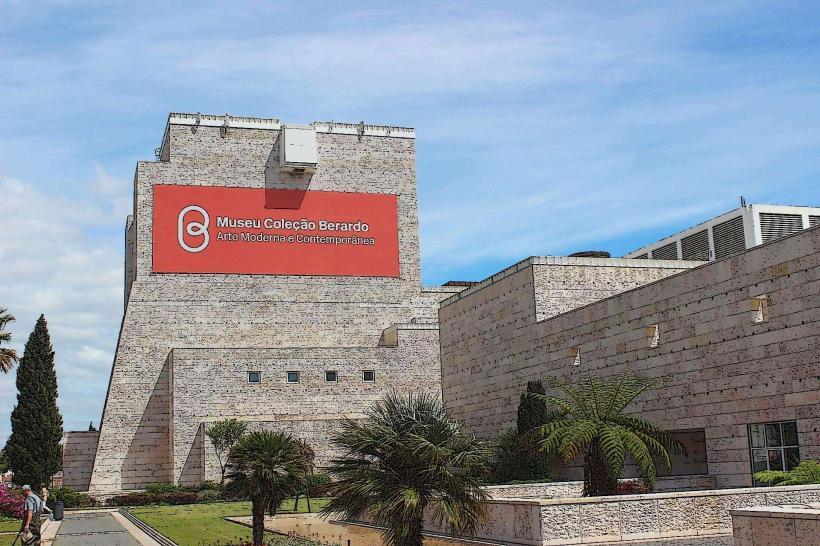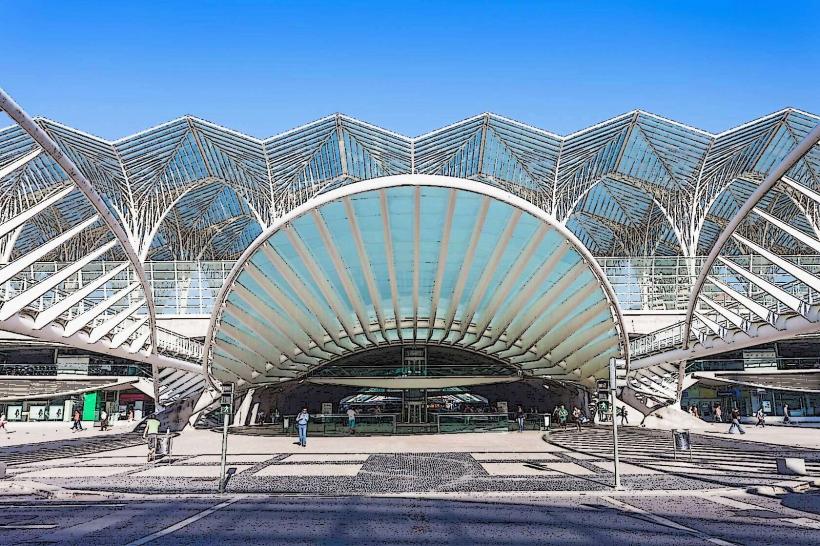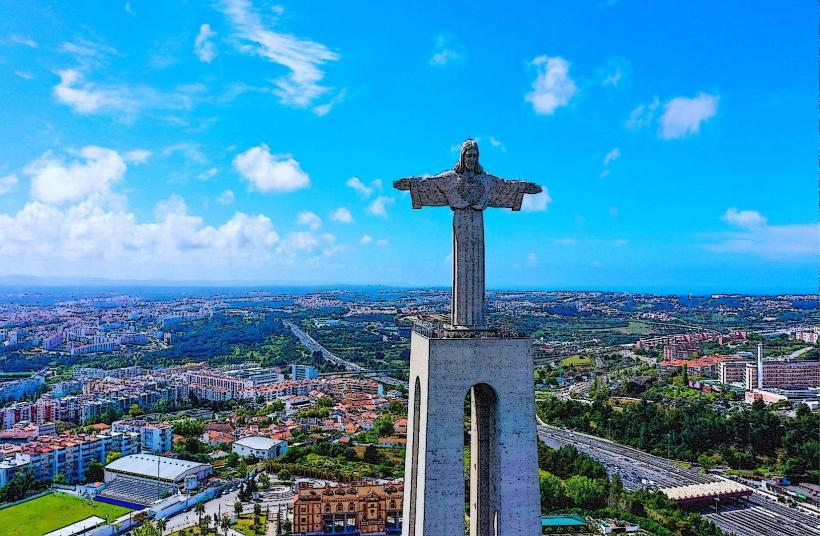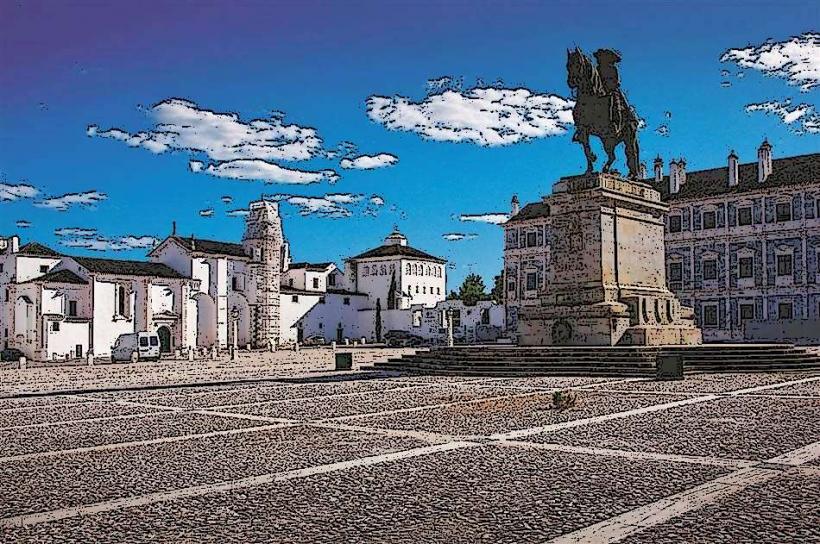Information
Landmark: Sao Jorge CastleCity: Lisbon
Country: Portugal
Continent: Europe
São Jorge Castle (Castelo de São Jorge) is one of Lisbon’s most iconic landmarks and a key historical site in the city. Situated on a hilltop in the Alfama district, it offers breathtaking panoramic views of the city and the Tagus River. This historic castle is an important symbol of Lisbon's past, particularly its Moorish influence and role in the Reconquista. Here is a detailed look at São Jorge Castle:
1. Historical Significance
- Early Origins: São Jorge Castle has a long and complex history, with its origins dating back to Roman times, when a fortification likely stood on the site. However, the structure that remains today primarily reflects the Moorish and Christian periods of the city's history.
- Moorish Era: The current castle was largely built during the Moorish occupation of Lisbon (711–1147). The Moors transformed the earlier Roman fort into a fortified palace and military stronghold. Under Moorish rule, the castle served as a royal residence and center of power.
- Christian Conquest: The castle played a significant role in the Reconquista, the Christian reclamation of Iberian territories from Muslim rule. In 1147, during the reign of King Afonso I (Afonso Henriques), the Christians captured Lisbon from the Moors. The castle became part of the newly established Portuguese Kingdom and continued to serve as a royal residence.
- Royal Residence: In the following centuries, São Jorge Castle served as a royal residence, housing various kings and nobles, including during the Medieval and Early Modern periods. However, by the 16th century, the castle’s importance as a royal residence diminished, and it became a military fortress.
2. Architectural Features
- The Walls: The castle is renowned for its fortified walls, which were built to withstand sieges and defend the city. The bastions and watchtowers still stand strong today, offering a glimpse into the medieval military architecture.
- The main walls are made of solid stone and feature several entrances, including the main gate (Porta do Sol), which leads visitors into the castle.
- The walls are punctuated with towers, such as the Urbano Tower, and battlements with openings designed for archers and cannons, providing a vantage point for defense.
- Keep and the Royal Palace: The keep (the central tower) was historically the stronghold of the castle. Inside, remains of the royal palace built during the Moorish period can still be seen. However, much of the palace was later destroyed and rebuilt after the Christian conquest.
- Cistern and Water Supply: The castle is equipped with a cistern (a water storage system), a crucial feature for its survival during sieges. It shows how the castle was designed to withstand long periods of isolation from the outside world.
- Viewpoints: The castle offers magnificent panoramic views of Lisbon, particularly of the Alfama district, the Baixa (downtown Lisbon), and the Tagus River. The elevated position makes it one of the best spots in the city for photos and sightseeing.
3. The Castle’s Transformation
- Decline and Restoration: After its time as a royal residence, São Jorge Castle gradually fell into disrepair. By the 18th century, the castle was largely abandoned. During the 19th century, restoration efforts were undertaken to preserve the structure, and the castle was opened to the public.
- Modern Renovation: In the 20th century, additional restoration projects were carried out, particularly after the 1930s, which focused on stabilizing the castle’s walls, adding modern amenities, and enhancing its role as a tourist attraction.
4. Key Features of São Jorge Castle
- Crenellated Walls and Towers: Visitors can explore the battlements and towers that once served defensive purposes, offering a clear view of the surrounding area and the city of Lisbon. The Cruz Alta Tower, or High Cross Tower, is one of the main points where you can enjoy the panoramic views.
- The Archaeological Site: São Jorge Castle is not just a castle but also an archaeological site. Excavations conducted over the years have uncovered Moorish and Medieval artifacts, including pottery, tools, and remnants of earlier fortifications.
- Archaeological Museum: There is a small museum on-site where visitors can view exhibits about the history of the castle and the city. The museum contains displays of the Moorish and Medieval periods, including architectural models and objects discovered during the excavations.
- St. George’s Chapel: The castle is home to a small chapel, dedicated to St. George, the patron saint of the castle. The chapel was used by both the Moors and later the Christian kings. It is a peaceful area within the castle complex.
- Castle Gardens: The grounds of the castle include beautiful gardens, where visitors can enjoy a quiet stroll amidst scenic greenery. The gardens are carefully maintained and offer a serene escape from the bustle of the city.
- The Peacocks: São Jorge Castle is famous for the peacocks that roam freely within the castle grounds. These colorful birds are often seen strutting along the castle walls and adding a unique charm to the site.
5. Visiting São Jorge Castle
- Opening Hours: The castle is typically open from 9:00 AM to 9:00 PM (hours can vary depending on the season). It is best to check the official website for the most up-to-date information on hours and any special closures.
- Entry Fees: There is an entrance fee to visit the castle. Tickets can be purchased at the entrance or online in advance. Discounts are usually available for students, seniors, and groups.
- Accessibility: The castle is located on a hill, and while the main entrance is accessible via a main road, visitors must be prepared to walk up a moderate incline. For those who prefer not to walk, there are taxis and trams that can take you close to the entrance.
- Guided Tours: There are guided tours available, which provide a detailed overview of the castle’s history, architecture, and the strategic importance it held throughout the centuries.
6. Nearby Attractions
- Alfama District: São Jorge Castle is located in the heart of the Alfama district, one of the oldest and most charming areas of Lisbon. The narrow, winding streets of Alfama are home to traditional Fado music houses, historic buildings, and picturesque viewpoints.
- Lisbon Cathedral (Sé): Just a short walk from the castle, the Lisbon Cathedral (Sé de Lisboa) is one of the oldest and most important religious sites in Lisbon. It was founded in 1147, shortly after the Christian conquest of Lisbon.
- Miradouro de Santa Luzia: A nearby viewpoint that offers excellent views of the castle and the Alfama district. It’s a great spot for photography and to soak in the beauty of Lisbon’s skyline.
- National Pantheon: Located nearby in the Alfama district, the National Pantheon (Panteão Nacional) is the burial place of several important figures from Portuguese history, including politicians and artists.
7. Cultural and Symbolic Importance
- Symbol of Lisbon: São Jorge Castle is a symbol of Lisbon’s resilience and historical significance. It represents the city’s rich cultural heritage, from its Moorish roots to its Christian conquest and subsequent growth as a center of European power during the Middle Ages.
- National Identity: The castle holds strong ties to Portugal’s national identity. Its strategic position, both geographically and symbolically, reflects the city’s power, defense, and central role in Portugal’s history.
Summary
São Jorge Castle is one of Lisbon’s most important historical sites, offering visitors a glimpse into the city’s rich and diverse past. From its Moorish origins to its role in the Reconquista, the castle stands as a symbol of Portugal’s military and royal heritage. Its magnificent views, beautiful gardens, and historic walls make it a must-visit destination for anyone exploring Lisbon. Whether you’re interested in history, architecture, or simply enjoying a stunning viewpoint, São Jorge Castle offers something for every visitor.

